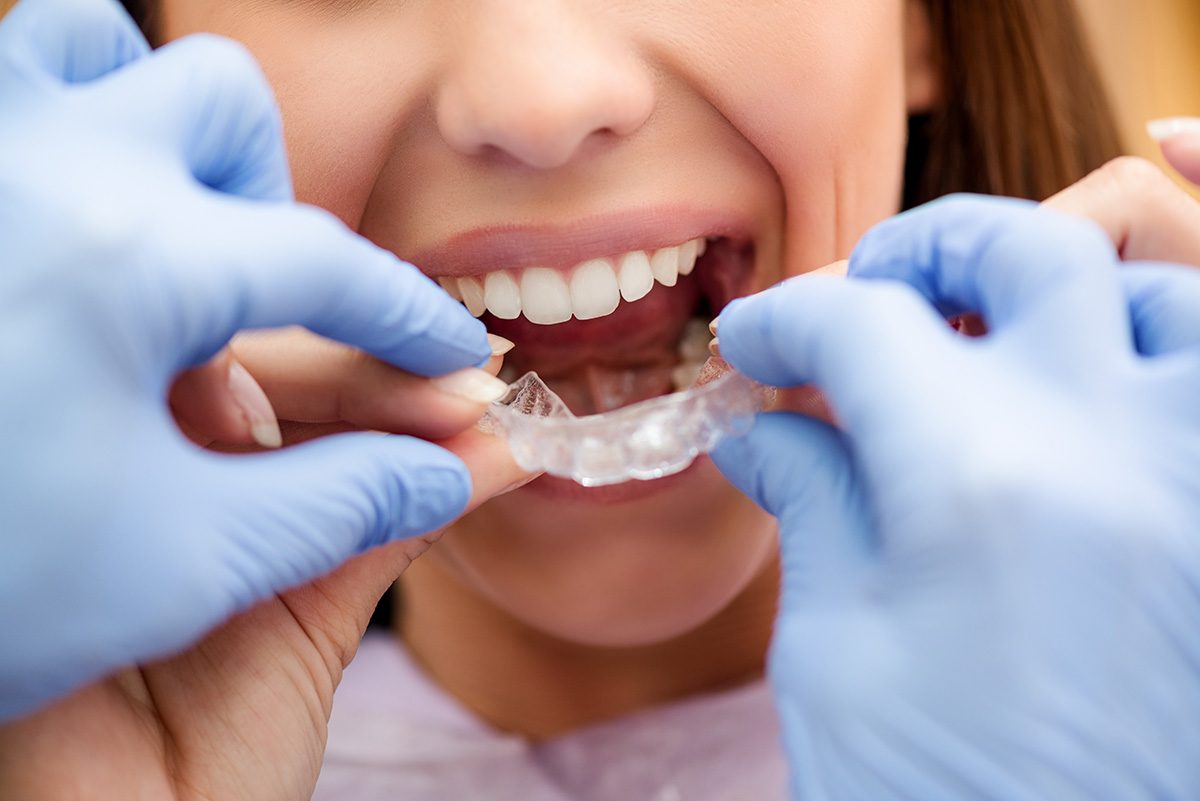A Biased View of Legacy Orthodontics
A Biased View of Legacy Orthodontics
Blog Article
3 Easy Facts About Legacy Orthodontics Described
Table of ContentsAn Unbiased View of Legacy OrthodonticsLegacy Orthodontics for BeginnersLegacy Orthodontics - QuestionsThe 7-Minute Rule for Legacy OrthodonticsWhat Does Legacy Orthodontics Mean?
In enhancement, we offer adjustable therapy routines, flexible repayment alternatives and an enjoyable, satisfying experience.An orthodontist is a dental practitioner trained to diagnose, avoid, and deal with teeth and jaw irregularities. Orthodontists work with people of all ages, from youngsters to adults.
Malocclusion, or misaligned teeth, can bring about oral issues, consisting of dental cavity, periodontal illness, and challenging or painful chewing. Not every person is born with straight teeth. If you have a negative bite or big spaces in between your teeth, you might intend to consult a dental expert focusing on orthodontic care.
Indicators on Legacy Orthodontics You Should Know
( Photo Credit Rating: DigitalVision/Getty Images) Orthodontists use fixed and removable dental tools, like braces, retainers, and bands, to transform the position of teeth in your mouth. Orthodontic treatment is for oral problems, consisting of: Jagged teethBite troubles, like an overbite or an underbiteCrowded teeth or teeth that are also much apartJaw misalignmentThe objective of orthodontic therapy is to enhance your bite.
A healthy and balanced bite ensures you can consume, chew, and talk appropriately. While you could believe of orthodontists as generally for youngsters or teenagers that require braces, they can deal with dental issues at any age. Orthodontists participate in university, oral college, and orthodontic school. After graduation, they spend 2 or 3 years in an orthodontic residency program.
All orthodontists are dental professionals, but not all dental professionals are orthodontists. Orthodontic residency programs supply intensive, focused direction for dental professionals. They focus on 2 locations: How to properly and safely move teeth How to correctly direct development in the teeth, jaw, and faceOnce an orthodontist has finished training, they have the choice to end up being board accredited.
Some Known Incorrect Statements About Legacy Orthodontics
Imbalance, or malocclusion, is one of the most typical factor people see an orthodontist. It is hereditary and is the outcome of dimension differences in between the upper and lower jaw or in between the jaw and teeth. Malocclusion brings about tooth congestion, an askew jaw, or irregular bite patterns. Malocclusion is usually treated with: Your orthodontist attaches steel, ceramic, or plastic square bonds to your teeth.
If you have only small malocclusion, you might have the ability to use clear braces, called aligners, rather than traditional braces (https://www.producthunt.com/@legacyortho1). Some individuals need a headwear to assist move teeth right into line with pressure from outside the mouth. After braces or aligners, you'll require to wear a retainer. A retainer is a personalized tool that keeps your teeth in location.
They can produce additional space in the mouth without having to pull teeth. Orthodontists utilize cables, surgical screws, or plates to sustain your jaw bone.
You might need to see an orthodontist if you have: Crowding or otherwise adequate room for every one of your teethOverbite, when your upper teeth come over your base teethUnderbite, when your base teeth are as well far forwardSpacing or issues with gapsCrossbite, which is when your upper teeth fit behind your base teeth when your mouth is closedOpen bite or a vertical void between your front base and top teethMisplaced midline, when the center of your bottom and top teeth don't line up Correcting a dental malocclusion can: Make biting, chewing, and talking easierImprove the symmetry of our face and your total appearanceEase pain from temporomandibular joint problemsSeparate your teeth and make them much easier to cleanse, helping stop dental cavity or cavities It's commonly a dental professional who first notifications misaligned teeth throughout a regular exam.
Legacy Orthodontics Can Be Fun For Anyone

Throughout your initial orthodontic examination, you'll likely have: An oral examPhotos taken of your face and smileDental X-raysPanoramic (360 level) X-rays of your face and headImpressions to create molds of your teethThese tests will certainly aid your orthodontist understand exactly how to wage your treatment. leesburg invisalign. An orthodontist is a dental expert who's had training to treat your teeth and jaw
An orthodontist is concentrated on your bite, so something like a damaged tooth would certainly be managed by a dental practitioner. Orthodontists are concentrated on your bite, or the way your teeth fit together, and the straightness of your teeth.
Ever asked yourself just how stars constantly appear to have perfectly lined up teeth? The response frequently depends on the skilled hands of an orthodontist. However exactly what does an orthodontist do? Orthodontists are dental experts that concentrate on fixing irregularities in the teeth and jaws. Their know-how exceeds simply creating a beautiful smile; it extends to improving your general oral health and wellness and function.
Some Of Legacy Orthodontics

, orthodontists have a diverse toolkit at their find more disposal. These reliable braces make use of a system of braces bound to the teeth and linked by cords.
Clear aligners, like Invisalign, are a popular choice for people looking for a much more discreet therapy alternative. These removable trays are tailor-made to gradually shift the teeth's position. Headgear might be used along with dental braces or aligners to apply extra targeted pressures, specifically for fixing jaw disparities. In cases of slim jaws, palatal expanders can be used to produce space for correct tooth positioning.
Report this page